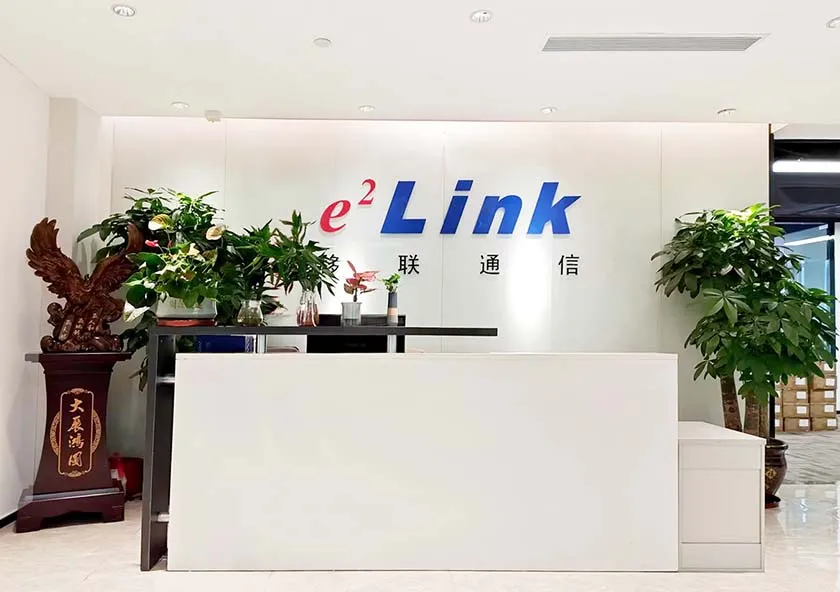1. A New Era for IoT Applications: From Sensing to Foresight
IoT applications are entering a new era of intelligence. In the past, IoT mainly focused on passive response — collecting, uploading, and analyzing data after an event occurred. Today, with the deep integration of AI, edge computing, and big data modeling, IoT has become proactive and predictive.

It is no longer just a network of sensors but an intelligent ecosystem that can predict trends, prevent risks, and guide decisions. The focus has shifted from “connection” to “cognition,” and from “reaction” to “insight.”
By 2025, IoT applications will expand rapidly across smart cities, healthcare, manufacturing, agriculture, and retail — bringing intelligence to every corner of industry.
2. From Passive to Predictive: The Smart Leap of IoT
In the old model, IoT systems relied on after-the-fact responses — sensors collected data, sent it to the cloud, and waited for analysis. Now, with AI and IoT combined, devices gain predictive intelligence.
Through machine learning, time-series modeling, and multi-sensor data fusion, IoT systems can detect and predict before issues arise. Edge AI enables local real-time decision-making; digital twins allow virtual testing before physical action; and cloud algorithms keep learning to make every prediction more accurate.
IoT applications are evolving from seeing the present to foreseeing the future.
3. Video Recognition: The “Eyes” of Smart Decision-Making
Video recognition is becoming one of the most powerful forces in IoT applications. Traditional cameras only recorded what happened; now, AI-powered vision systems can analyze in real time and predict what may happen next.
In smart cities, AI cameras monitor traffic flow and predict congestion or accidents, adjusting signals automatically. In factories, machine vision detects wear, vibration, or production defects early — preventing downtime and waste.

With edge AI chips and low-latency networks, video systems are moving from passive monitoring to predictive decision-making. IoT applications are now gaining not only “eyes that see,” but “eyes that foresee.”
4. Smart Inventory: The Self-Aware Supply Chain
In today’s global market, supply and demand shift rapidly. Smart inventory has become a key field for IoT innovation. Old inventory systems relied on manual checks and delayed updates; now, IoT enables real-time, self-managing warehouses.
With RFID, infrared sensors, and smart gateways, systems track goods’ location, temperature, and turnover in real time. AI models combine sales data and seasonal patterns to predict restocking needs automatically. In cold-chain logistics, “Ambient IoT” sensors powered by surrounding energy offer constant tracking with no batteries.

Inventory is no longer static data — it is a living, learning asset. IoT applications give businesses new visibility, faster response, and smarter control.
5. Quality Compliance: From Inspection to Prevention
In manufacturing, healthcare, and food industries, IoT is transforming quality and compliance. Traditional inspections found problems after they occurred; now, IoT enables predictive quality management.
Sensor networks cover every production stage — monitoring materials on arrival, tracking process data, and checking product conditions during shipment. AI models analyze these signals to detect early warning signs and prevent defects before they reach customers.
This predictive approach not only meets standards such as ISO 13485 but also aligns with new global regulations like the EU’s CRA and the U.S. FCC’s security rules. IoT applications are turning compliance from a reaction into a trust-building process.
6. The Age of Foresight: Where IoT Leads the Future
Once IoT can predict, it becomes more than a tool — it becomes a strategic partner. From cities to factories, hospitals to farms, predictive IoT is reshaping how industries think and act.
Three trends will define the coming years:
AI-native IoT — where AI is built directly into devices for instant decision-making.
Self-learning supply chains — where IoT systems adjust automatically to market changes.
Trusted IoT ecosystems — where transparency and data security drive reliability.
This evolution is not just technical but transformative. IoT applications are building a world that can sense, think, and act ahead of time — a world of intelligent foresight.

7. EELINK Communication: Connecting the Future Through Innovation
Amid this transformation, EELINK Communication stands out with its long-standing expertise in wireless communication for IoT. For over 20 years, the company’s dedicated team has focused on developing and manufacturing IoT hardware and software.
EELINK’s products cover temperature and humidity remote monitoring, with services in asset tracking, vehicle security, insurance management, and cold-chain logistics. With reliable performance and innovative design, EELINK Communication delivers efficient, flexible, and secure IoT solutions tailored to customer needs.

Its mission is simple yet powerful — to create a truly connected world through intelligent communication. EELINK continues to drive IoT innovation, helping businesses unlock value and insight in the age of foresight.
The meaning of “connection” is changing — IoT applications are no longer about linking devices but about understanding the world.
When prediction becomes the norm and intelligence becomes the foundation,
the future will belong not to those who respond,
but to those who foresee.
